It sounds like a tough job. How do you remove and replace a car tire on a rim? But, if you own a bicycle, you may be familiar with the process because its just about exactly the same.
The main difference between changing car tires and bike tires that are on rims is how easy the bike tire is to work with. While you can more or less twist the bike tire on and off with minimal tools and effort, removing the tire of a car, in the same way, might seem impossible.
That seeming impossibility disappears quickly when you arm yourself with the right removal tools for the job. And when you do, you can save money by swapping your winter tires for summers, and vice versa. Here are the steps to follow to change an automobile tire on a rim.
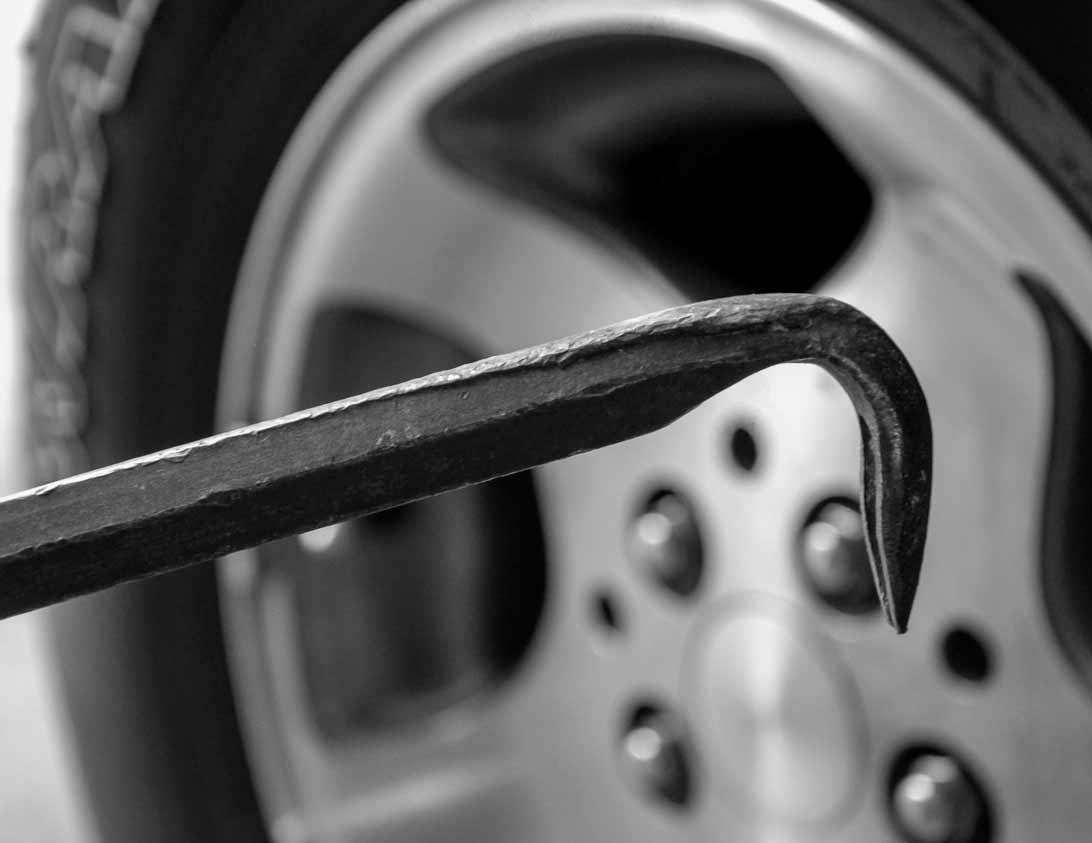
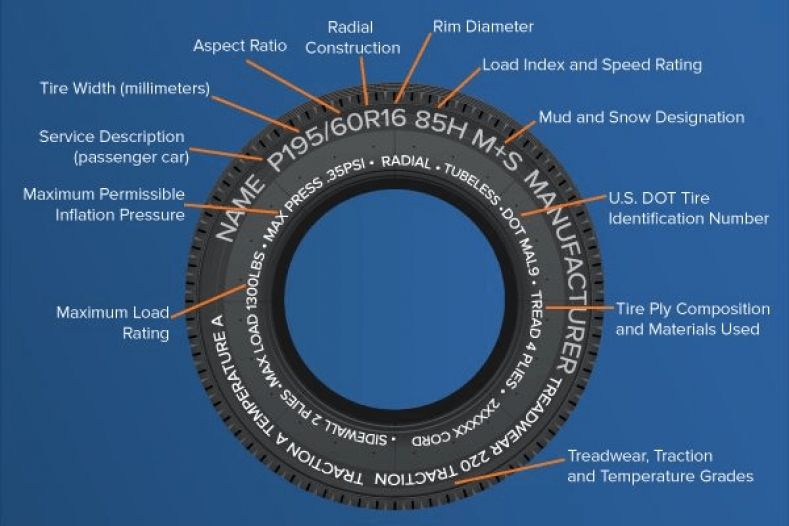 The idea is to get the entire section of the tire between the pry bars over the outside edge of the rim. When you do, it should be easy to pry the remainder of the first edge of the tire over the edge of the rim.Turn the tire and wheel over. The edge of the rim should be outside the edge of the tire. Lift the rim until its bottom edge hits the top edge of the tire. Similar to how what you did on the first edge, get one pry bar into place between tire and rim and use the other to work around the tire.
The idea is to get the entire section of the tire between the pry bars over the outside edge of the rim. When you do, it should be easy to pry the remainder of the first edge of the tire over the edge of the rim.Turn the tire and wheel over. The edge of the rim should be outside the edge of the tire. Lift the rim until its bottom edge hits the top edge of the tire. Similar to how what you did on the first edge, get one pry bar into place between tire and rim and use the other to work around the tire.
You may still need to get the wheels balanced at an auto body shop, tire shop or service centre. But at least you won’t be paying for the entire job.
If you enjoyed this post, check out our recent article about how to boost a car.
This entry was posted in DIY, News, Tips. Bookmark the permalink.Tires are just as crucial as the engine when it comes to maintaining your car’s safety and performance. At some point, however, tires wear out and this compromises the car’s efficiency, especially in traction and braking ability which can potentially lead to fatal road accidents.
If any of your tires exhibit a pattern of excessive wear, it’s about time you change them. Changing tires involves taking off the rubber tread that is tucked inside the wheel’s rim, a grunt work that many would rather pass and hand to a mechanic.
But what if we tell you, popping the bead out of the rim is not too much of a mundane job if you are armed with the in-depth information on how to do so. Doing your own tires will save you a lot of money from costly repairs that should be otherwise spent wisely spent on other car-related maintenance.
Doing your own tires will save you a lot of money from costly repairs that should be otherwise spent wisely spent on other car-related maintenance.
With few hand tools and tricks, you can remove the bead off the rim yourself. But the easiest and quickest way to do it is by using a tire-changing machine. This article will cover both of these methods.
Prying the tire loose from the rim might sound intimidating especially if you are a novice or new to tire maintenance. But you don’t really have to be an auto mechanic or expert to do the task. All you need is the right tools, basic mechanic skills, and know-how. The following is an easy guide to carry out the goal.
What you will need:
● Lubricant (Alternative: liquid dish soap or oil)
● Crowbar, Prybar, Tire Levers, Tire iron (any of these)
● Presta or Schnader or any Valve Core Removal Tool (Alternative: Pliers)
● Screwdriver
● To break the bead manually, you need either one of these things: a Jack, a Knife or any other sharp cutting tool, a vehicle
● Optional: Tire Bead Breaker, Tape
The Procedure:
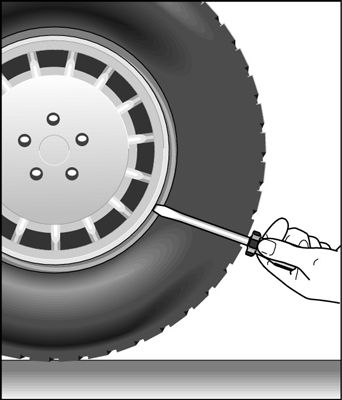 The air cap or valve core is a small pressure sealing device made of either rubber or metal cylinder located on the core which is where the tire is inflated from. You will need a Schrader or Presta valve tool to extract the air cap from the rim.
The air cap or valve core is a small pressure sealing device made of either rubber or metal cylinder located on the core which is where the tire is inflated from. You will need a Schrader or Presta valve tool to extract the air cap from the rim.Thread the tool inside the valve stem and twist it in a counterclockwise direction. This should loosen and remove the cap off the tire. Then release and allow the air to exhaust.
A valve core removal tool is a small metal that resembles a small screwdriver. It is a handy tool that is relatively inexpensive and often available in a set for different valve sizes like that of the Awpeye 4 Pack Valve Core Remover Tool.
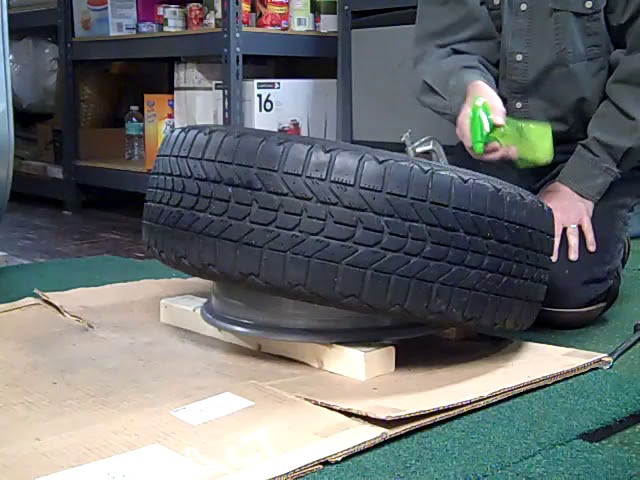 There are three methods and tricks you can use to break the bead bundle between the bead and the rim.
There are three methods and tricks you can use to break the bead bundle between the bead and the rim.● Drive and run over the tire you are working on. The aim is to force the rubber down so its easier for the bead to pop out. Hence when driving your vehicle over the tire, make sure that it is the rubber part you are driving onto and not the metal rim. You may need to run the car over it a few times to break the rubber part.
● Put the whole weight of the vehicle on the tire via suspension. The method involves raising the vehicle using a jack and partially lowering it. Once the vehicle is lifted, place the tire underneath the jack. Adjust the jack and lower the vehicle onto the bead part of the tire. Warning: Do not attempt this method if you are new to the process of car suspension unless there is an expert or professional supervision. The procedure requires lifting a car and working underneath it which is can be really dangerous to you and to your vehicle especially if you don’t know what you are doing.
● Cut the bead off the rim. You can cut through with it using a saw blade or a drywall knife. To cut it, follow the seam running alongside the bead, carefully not touching the metal rim. Be cautious as you cut because you don’t want to damage the metal rim To avoid the blade veering towards the tread, insert a wooden towel in the sections that are already cut.
If you are really having a hard time with the bead, you can easily get away with a bead breaker tool. A tire bead breaker is a handy tool designed to dismount the innermost diameter of the tire interfacing the wheel. The operation is so fast and easy it’s basically like opening a canned good! It’s also the safest way to de-bead without damaging the rim. To make the most of your purchase, invest in a well-designed bead breaker like that of BeadBuster XB-450. To date, this is the most affordable and efficient bead breaker.
 Once you have managed to break the bead, grease the edge around the rim as well as the bead by applying the lubricant. This will prep the area when prying the tire later on. You will find it easier to pop the bead off the lip of the rim easily once everything is lubricated. Use as much as a lubricant as necessary. To avoid accidentally scratching the metal easily while prying, you can also tape the edge of the rim prior to lubrication.
Once you have managed to break the bead, grease the edge around the rim as well as the bead by applying the lubricant. This will prep the area when prying the tire later on. You will find it easier to pop the bead off the lip of the rim easily once everything is lubricated. Use as much as a lubricant as necessary. To avoid accidentally scratching the metal easily while prying, you can also tape the edge of the rim prior to lubrication.  At this point, it is only the bottom half that is loosened, you still have to work on the other half of the tire. So to do this, flip the wheel over on the other side and pry in the wheel off in the same fashion as you were prying in step 4. Use as many pry and screwdriver alongside lubricant as necessary.
At this point, it is only the bottom half that is loosened, you still have to work on the other half of the tire. So to do this, flip the wheel over on the other side and pry in the wheel off in the same fashion as you were prying in step 4. Use as many pry and screwdriver alongside lubricant as necessary.
If you find taking a tire off a rim by hands too much of a task, time to pull out the big weapon. A tire changing machine skips most of the lengthy process of manually separating the tire from the rim.
Note that the tire changing machine we are referring to differs from that of the actual heavy-duty tire changing equipment technicians used in the shop.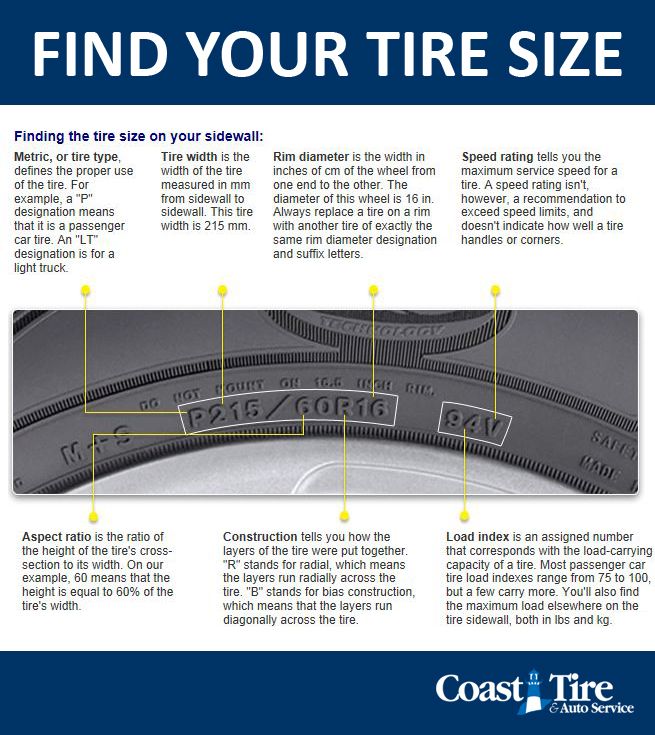 The manual tire changing machine is a rather portable and handy tool that requires no power hookups to operate. While the machine will mostly do the job, you will still need the help of a few hand tools.
The manual tire changing machine is a rather portable and handy tool that requires no power hookups to operate. While the machine will mostly do the job, you will still need the help of a few hand tools.
What you will need:
● Plywood Board (Alternative: any strong wood surface that is at least ¾ inches thick)
● Manual Tire Changing Machine
● Tire Changing Rod (Alternative: any metal rod or tube with a pointed tip)
● Screwdriver
● Bolts (preferably 5 inches long and ½ inch wide)
● Presta or Schnader or any Valve Core Removal Tool (Alternative: Pliers)
● Marker or Pencil
● Lubricant (Alternative: liquid dish soap or oil)
● Optional: rug or paper
The Procedure:
 Using a marker, trace the machine’s base on the platform. Do put a mark on the holes or the location of the bolt as well.
Using a marker, trace the machine’s base on the platform. Do put a mark on the holes or the location of the bolt as well.Some prefer a block of concrete as a base because they are sturdier and stable. Others drill the machine directly on the floor. But note that you will need a mason drill to engage the bolts into hard cement. Nonetheless, the bolting process is the same as with the wood material.

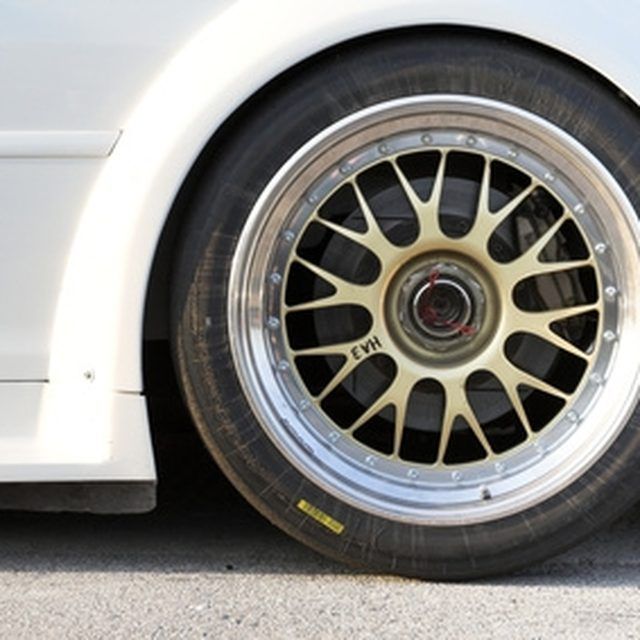 You will use it to expose the rim of the tire. Start the process by sticking the rod’s pointed end into the rim-tire joint. Using your hand or your foot, apply pressure on the wedge by pushing it down. This will gradually exposed the rim.
You will use it to expose the rim of the tire. Start the process by sticking the rod’s pointed end into the rim-tire joint. Using your hand or your foot, apply pressure on the wedge by pushing it down. This will gradually exposed the rim. To avoid scratches on the rim while inserting the rim, you can wrap a rug or any cloth (a paper may do) around the spoke.
To avoid scratches on the rim while inserting the rim, you can wrap a rug or any cloth (a paper may do) around the spoke. Apply generous amount lubrication as necessary.
Apply generous amount lubrication as necessary.You may not be able to pry a certain section in one shot and that is fine. If this happens, simply go back by lifting the foot pedal using your foot to turn the rod counterclockwise.
Related video:

This article has thoroughly discussed the process of disengaging the tire from the rim and now it’s your turn to take the wheel. Sure, the entire process of changing your own tire– from removing the wheel of the vehicle to fitting new tires might seem lengthy and complicated but hey at least we have taken down one of its processes, namely removing the tire off the wheel. Doing your own tires will save you money and soon enough, you will be reaping the satisfying feeling of your hard work.
Motorists often change rubber - either from summer to winter, then from winter to summer, then when buying new tires, then with damage and punctures. Tire replacement is usually entrusted to service stations. But, in order to save money or for other reasons, motorists can master this procedure on their own. To replace rubber with your own hands, you need a wheel wrench, a pair of mounting blades, a jack and a car pump.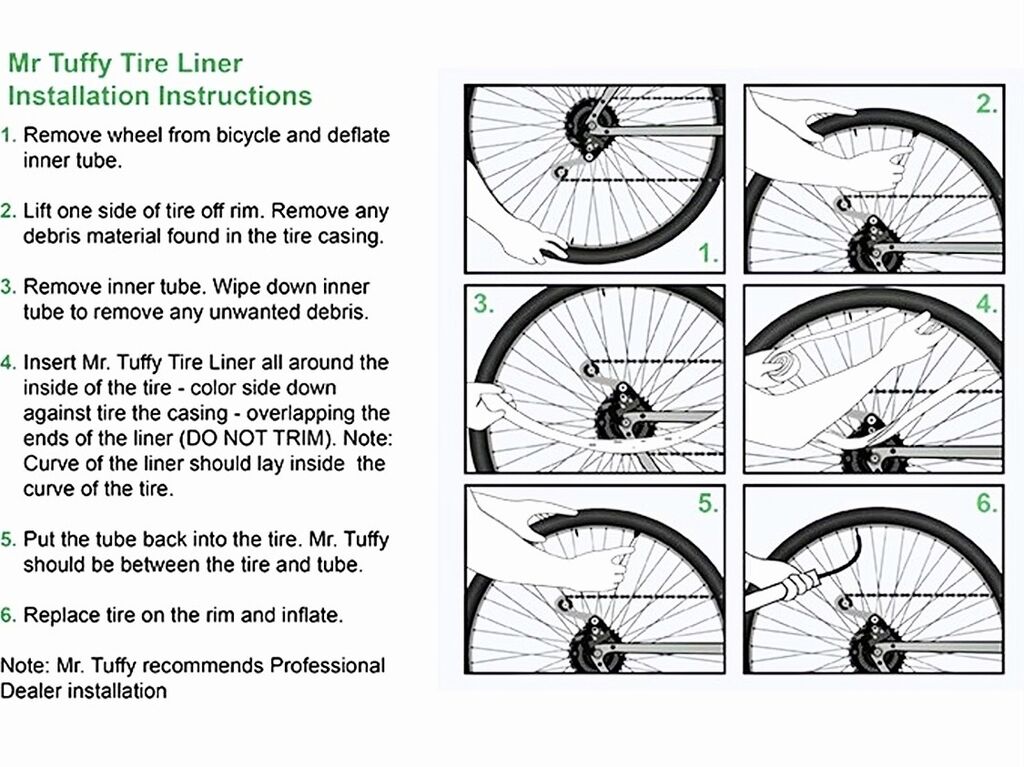 However, without knowing some “secrets”, it is difficult to replace a tire on your own. We'll talk about the tricks of replacing a tire now.
However, without knowing some “secrets”, it is difficult to replace a tire on your own. We'll talk about the tricks of replacing a tire now.
First, remove the old tire from the rim. To do this, raise the car with a jack, unscrew the fixing bolts with a wheelbrace and remove the wheel from the car. Lay the wheel on the ground with the valve up, remove the nipple from the valve and let the air out of the tube or tire (if the tire is tubeless). After that, “drown” the valve inside the tire and stand with your feet on the wheel so that the sidewalls of the tire are wrung out from the rim. Sometimes the tire "sticks" to the rim and you have to make an effort. After you managed to wring out the sidewalls, insert the mounting spatula into the gap between the rim and the sidewall of the tire. Working with two mounting blades, bring the sidewall of the tire out of the wheel rim, and pull out the chamber into the resulting gap. In the same way, bring the other sidewall of the tire through the same rim, and remove it from the disk. Be careful not to damage the disc. Particular care must be taken with a fragile alloy wheel.
Be careful not to damage the disc. Particular care must be taken with a fragile alloy wheel.
Before installing a new tire on a rim, check its condition - carefully inspect it for defects and damage, make sure that the tire and rim fit each other in size. Also check the condition of the disk, for mechanical damage, the absence of dirt and rust, wear of the rim flanges. Remove the old balance weights and the old valve if the tire is tubeless.
When fitting new tyres, remember to take into account the color markings and indications on the tyre. Namely, the recommended direction of rotation, which is usually indicated by an arrow on the sidewall of the tire. For an easier and more gentle installation of the tire, you need to apply a special lubricant or soap solution to its bead and bead heel. Don't over-lubricate or the tire will slip on the rim!
Mounting the tire on the rim is carried out in the reverse order with respect to dismantling, that is, first one sidewall is put on the rim of the rim and, if it is a tire with a tube, then the tube is inserted, while its valve must enter the hole in the rim.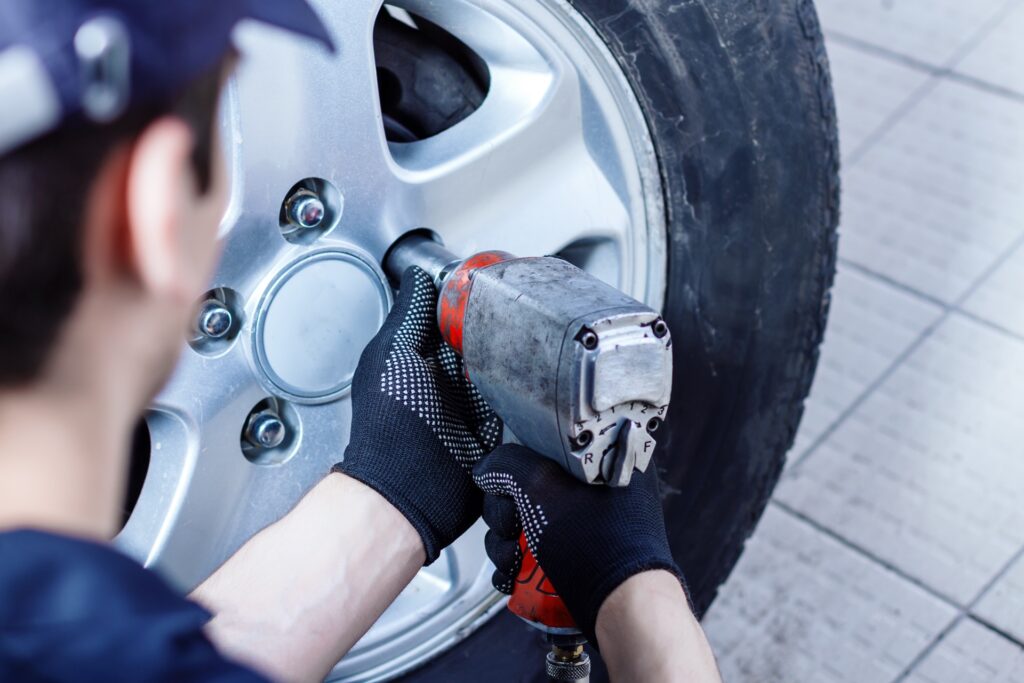 After that, the second sidewall of the tire is put on.
After that, the second sidewall of the tire is put on.
If the tire is tubeless, then the task is more complicated. Unfortunately, it will not be possible to inflate it with a conventional hand or foot pump or even a car compressor until the tire beads “sit” tightly on the rim, since the air will simply go out into the gap between the tire and the rim of the disc. But there is a way out!
To solve the problem, inflate any car wheel to 3.5 - 4 atm., remove the hose from the pump, put one end of this hose (the one without a fitting) directly on the valve of a freshly mounted tubeless tire, after removing the nipple from the valve , and put the other end of the hose, equipped with a fitting, on the “pumped” tire. At the moment of putting on the fitting, a large portion of air will enter the empty tubeless tire and "put it in place" on the disk.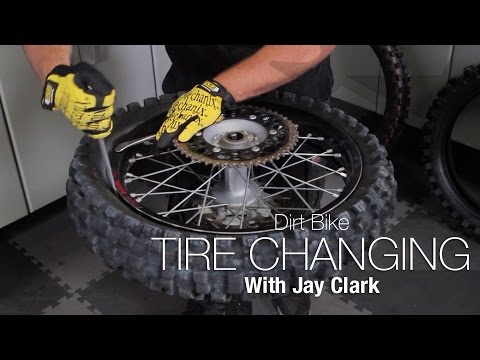 The beads of the tire will sit firmly on the rim, and the tire can now be inflated in the usual way. At service stations, special compressors with volumetric receivers are used to inflate tubeless tires, but, as you can see, you can solve this problem yourself, at home.
The beads of the tire will sit firmly on the rim, and the tire can now be inflated in the usual way. At service stations, special compressors with volumetric receivers are used to inflate tubeless tires, but, as you can see, you can solve this problem yourself, at home.
Do not forget that after installing a new tire, the wheel must be re-balanced.
Replacing tires on a vehicle is necessary at least twice a year. This is at best when you only need to change summer and winter options. Additional replacement is carried out when buying a new rubber, as well as when the old one is damaged. Nobody is immune from this.
Many motorists turn to car services, which means additional expenditure of money and time. Significant savings will be obtained if you learn how to change tires yourself, without resorting to the help of third-party organizations. Stock up on the following:
Stock up on the following:
The listed tools should always be present in the road arsenal of every motorist. No one knows when the need to replace a tire will arise.
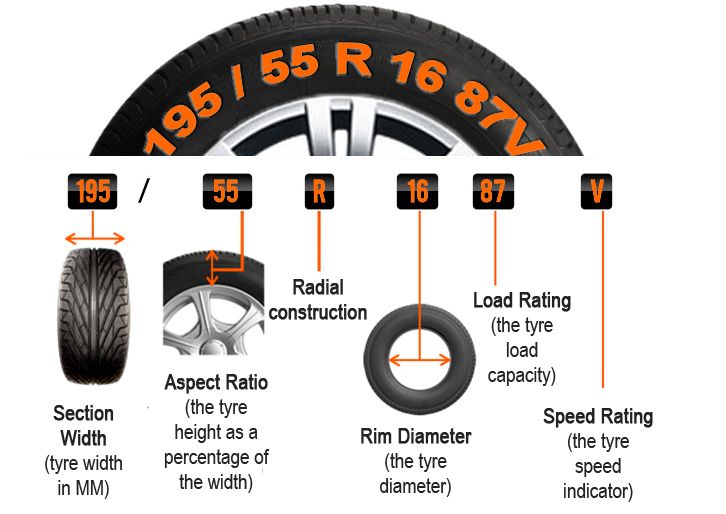
Now you need to equip the disk with a new tire. Before installation, be sure to examine its surface for damage. Check tire and rim size again. Examine the disk in the same way. It may also need to be replaced. Tire manufacturers put marks on them, with which you can decide in which direction you need to rotate. It is recommended to lubricate the tire bead with a special compound. This allows you to install them more accurately and efficiently. If there is no lubricant, then you can replace it with soapy water.
Further, your actions should go exactly the opposite. First of all, put one of the sidewalls on the rim. When mounting the tire with the camera, you need to insert the camera. Only after the valve enters the hole, you can put on another sidewall.
First of all, put one of the sidewalls on the rim. When mounting the tire with the camera, you need to insert the camera. Only after the valve enters the hole, you can put on another sidewall.
Practical and durable Hankook tires in Belarus can be purchased at LLC "Loyal".